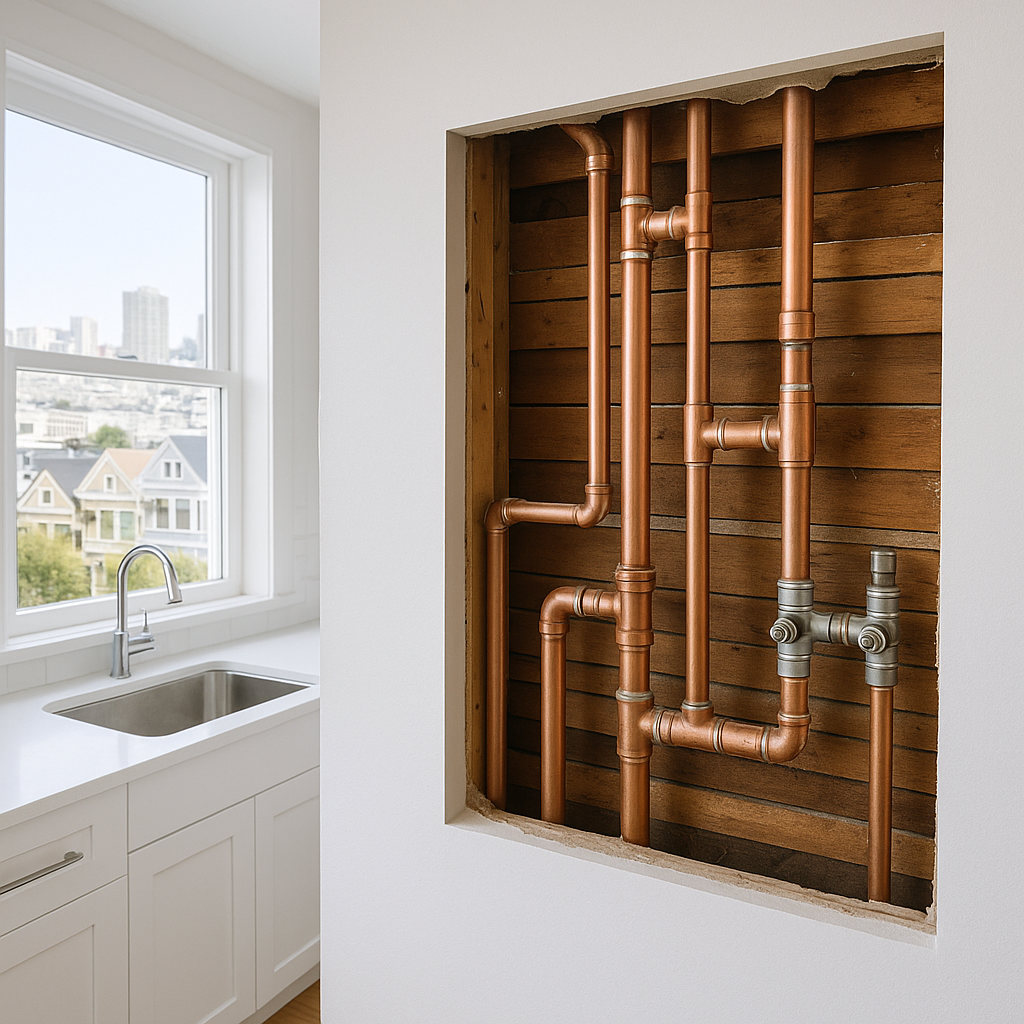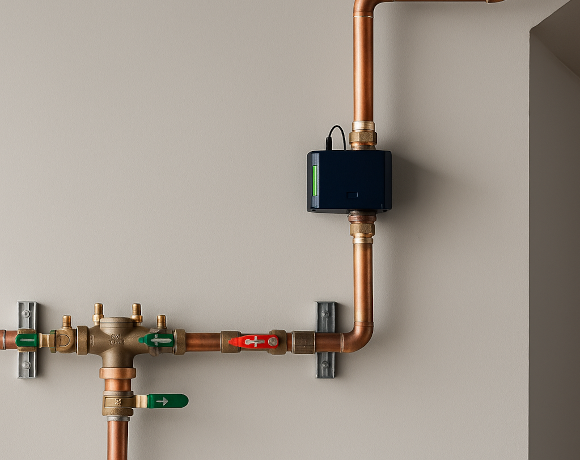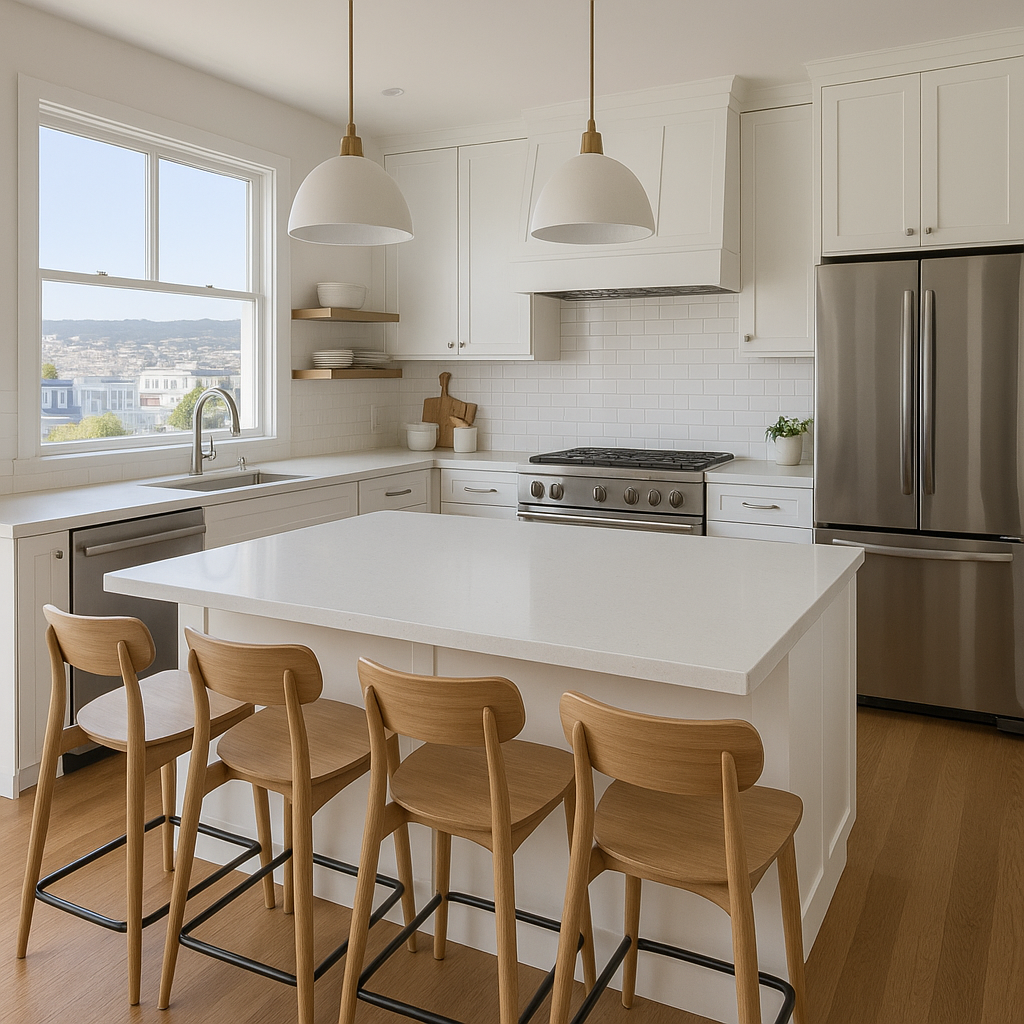Understanding Plumbing & Repiping in San Francisco: A Homeowner’s Guide to Budgeting and Permits
14 November, 2025
Elevate Your Older San Francisco Home with Smart Home Automation
As homeowners in San Francisco, especially those living in charming older homes, the idea of integrating smart home automation can feel daunting. However, with the right planning and understanding of the unique characteristics of your property, transforming your living space into a smart home can enhance comfort, security, and energy efficiency.
Understanding Smart Home Automation
Smart home automation refers to the ability to control devices in your home through your smartphone or other networked devices. This technology can streamline various functions within your home, including lighting, heating, security, and even leak detection. For homeowners in the Bay Area, especially those with older homes, the integration of these systems requires consideration of local codes and the unique architectural features of your house.
Key Considerations for Older San Francisco Homes
Older homes in San Francisco come with their own set of challenges and opportunities. Here are some critical considerations when planning your smart home automation:
- Electrical Systems: Many older homes have outdated electrical systems that may require upgrades to support smart devices. Assess whether your wiring can handle the additional load.
- Permits and Codes: Before installing any new systems, check with the San Francisco Department of Building Inspection for any necessary permits. Compliance with local building codes is crucial.
- Microclimates: Consider the specific climate of your neighborhood. Smart thermostats can help optimize heating and cooling based on microclimate variations.
- Structural Features: Older homes often have unique layouts and historical features. Ensure that any smart home devices you install do not compromise the integrity or aesthetics of your home.
Smart Home Systems to Consider
Implementing smart home systems in older San Francisco homes focuses on layers of automation rather than just standalone devices. Here are some systems to consider:
- Smart Lighting: Install smart bulbs or switches that allow you to control lighting remotely. Look for systems that can be integrated with existing fixtures without requiring extensive rewiring.
- Leak Detection Systems: Water damage can be particularly damaging in older homes. Smart leak detectors can alert you to leaks before they escalate, potentially saving thousands in repair costs.
- Smart Thermostats: These devices adjust your heating and cooling based on your daily habits, helping to lower energy bills. Models like the Nest or Ecobee are great options for older homes.
- Smart Access Controls: Enhance your home’s security with smart locks and doorbell cameras that provide real-time monitoring and access control, making it easier to manage who enters your home.
Budget Planning for Your Smart Home
As with any home improvement project, budget planning is essential. Here are some tips to help you navigate costs while integrating smart home technology:
- Prioritize Needs: Identify the primary functions you want to achieve with smart technology (e.g., security, energy savings) and prioritize those in your budget.
- Start Small: Consider implementing one system at a time. For example, start with smart lighting before moving on to security systems or leak detection.
- Research Local Suppliers: Look for local suppliers in the Bay Area who can provide smart home devices with installation support. Companies like Bay Alarm and Sonos are well-reviewed for quality service.
- Installation Costs: Factor in installation costs if you are not comfortable with DIY. Professional installation can ensure devices work seamlessly with older systems.
Leveraging Local Resources
San Francisco is home to numerous resources that can help guide your smart home automation journey. Local trade professionals are equipped to handle the unique challenges posed by older homes. Additionally, using reputable suppliers and contractors familiar with city codes can save you time and headaches down the line.
Ultimately, integrating smart home automation into your older San Francisco home can significantly enhance your lifestyle while also preserving the unique charm of your residence. With careful planning, budget considerations, and the right products, you can create a more efficient and secure home environment.
FAQs
Q: How does a smart shutoff like Flo by Moen help?
A: It monitors flow/pressure and auto-shuts on probable leaks, potentially reducing damage and insurance risk.
Q: Will a shutoff affect my fire sprinklers?
A: We separate domestic water from the fire line so the valve never disables sprinklers, and verify placement/code.
Q: What do I need on install day?
A: 2.4 GHz Wi-Fi, app setup, and a nearby grounded outlet. We assist with configuration and testing.
Q: How are false alarms handled?
A: We dial in thresholds and coach you on modes (Home/Away/Sleep) to align with usage patterns.

Location
The Richmond District, San Francisco, CA






